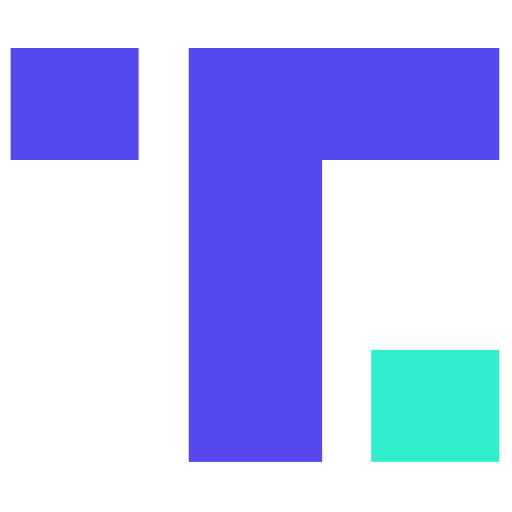Overview
-
Dyslipidemia (High Cholesterol/Triglycerides),
-
Diabetes Mellitus Type I (Insulin Dependent),
-
Diabetes Mellitus Type II (Insulin Resistance),
-
Hypertension (High Blood Pressure),
-
Congestive Heart Failure ,
-
Myocardial Infarction (heart attack),
-
Chronic Fatigue Syndrome ,
-
Fibromyalgia ,
-
Alzheimer's Disease ,
-
Attention Deficit (Hyperactivity) Disorder (ADD/ADHD) ,
-
Constipation ,
-
Multiple Sclerosis ,
-
Functional Immune Deficiency ,
-
Osteoporosis ,
-
Sleep Apnea ,
-
Muscle Weakness [Starr2005, pg 7],
- Autoimmune disorders such as Systemic Lupus Erythematosus (SLE), Hashimoto's disease.
-
Dysbiosis (gut infections) [Kharrazian2010],
-
Adrenal insufficiency [Kharrazian2010],
- Hormone imbalances [Kharrazian2010],
- Gluten sensitivity or celiac disease [Kharrazian2010].
- Skin and hair disorders such as Acne Eczema, Psoriasis, Alopecia.
-
Infertility [Kharrazian2010, pg 11].
-
Gallbladder disease [Kharrazian2010, pg 11].
-
Liver congestion [Kharrazian2010, pg 11].
Far more people in the United States have hypothyroidism than is commonly diagnosed, due to over-reliance on the TSH blood test as the definitive diagnostic tool in mainstream medicine [Starr2005]. Basal body temperature appears to be the most reliable indicator of functional thyroid capacity.
Please see conventional, complementary, and alternative medical treatments for important background information regarding the different types of medical treatments discussed on this page. Naturopathic, Complementary, and Alternative treatments that may be considered include:






